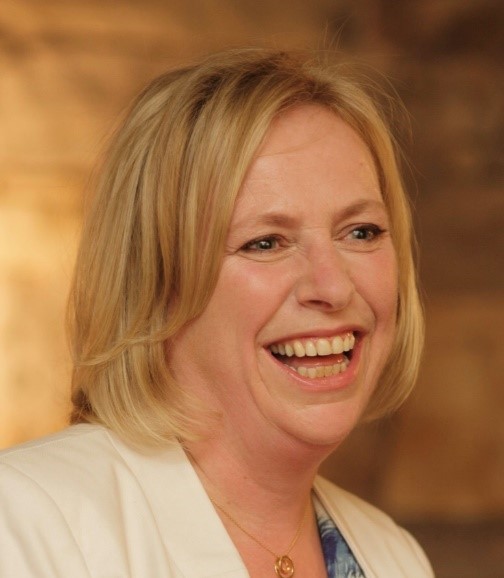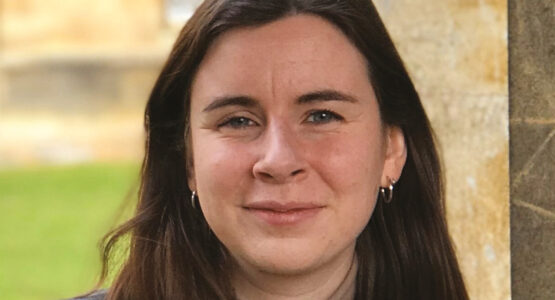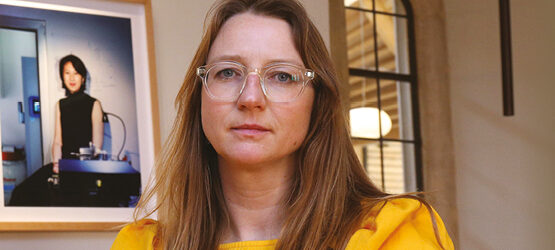Cathy McClay (1992) is Director of Energy Operations at ENOWA, Neom, where she works to design a fully renewable energy system in Saudi Arabia. She has previously held positions at Sembcorp Energy UK, National Grid ESO and EDF Energy. In 2022 Cathy was awarded an OBE for services to the Energy Sector and the Promotion of Decarbonisation. I spoke to her about her experience in the sector, and she gave me her thoughts on the energy crisis and the transition to renewable energy.
What first interested you in the energy sector?
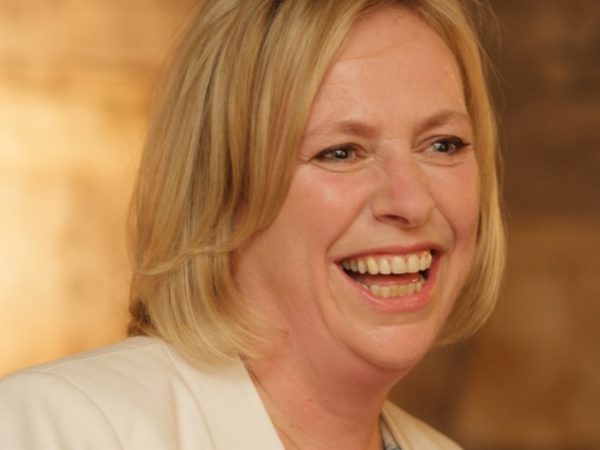
I’ve been in the energy industry since 1999. I was originally an electrical engineer and I did my PhD at St John’s in electrical machines, staying on for a Research Fellowship. I became a lecturer at Imperial College London but soon realised that, while I loved teaching, I didn’t love research and so I moved into industry. 1999 was just when we were transitioning to the new energy trading arrangements and my background in mathematical modelling was perfect for the new markets. I have run modelling and analysis teams for trading and risk management for a wide range of generation technologies, from pump storage through to nuclear, coal, gas and batteries. I worked in France and the Netherlands and for four years I was the Head of Future Markets at the National Grid ESO. My role was about balancing the system as the focus changed to renewable energy. Now I’m in Saudi Arabia helping to design a fully renewable energy system.
I initially got into engineering through electronics and then fortuitously got into energy. I was in the right place at the right time. I haven’t ended up doing what I thought I would do in my career but it’s been brilliant.
Can you tell us a bit more about your current role and the project you are working on?
I’m working for ENOWA which is the energy and water division of Neom. The Neom vision is to develop a fully sustainable region approximately the same size as Belgium in the North West of Saudi Arabia by the Red Sea. Over two million people will live and work there by 2030.
My role is working out how we operate a fully renewable energy system it so that
we can continuously deliver power to residents and businesses economically, safely and securely. The Neom area is still very much desert and I’m currently living in a community surrounded by desert beside the Red Sea. Weirdly it reminds me of my time as St John’s as I am living and working with very smart, interesting, motivated people and I’m provided with great food three times a day. I’m also working on problems that really stretch me intellectually. It is, however, slightly warmer than Cambridge in the winter.
Do you feel that the current energy crisis was inevitable?

Perhaps with hindsight we could have seen it coming, but probably not to this extent. Before I moved to Saudi, I was the Director of Trading for a flex fleet of gas plants, and gas prices had gone way beyond anything I’d seen in the market for 20 years. The volatility was crazy. I didn’t see it coming to the extent of prices above 800 pence per therm for gas, and prices in France above €1,000 per megawatt hour for electricity. And that’s coming from both working on the grid-side and being a trader. The question is whether Russia cutting off the gas was a credible scenario until that point.
I think I had predicted the energy companies going bust though. Looking at their hedging strategy a lot of these companies didn’t seem financially secure. They would say that they don’t buy electricity and gas ahead of time like the big players because they felt they could buy it cheaper close to real time. My background is in risk management and you can buy it cheaper close to real time when prices fall over time, but when they start increasing you’re in trouble. So for a few years I was worried about the number of suppliers and their general credit-worthiness. I think some of them would have gone bust with much lower increases in gas prices because they were teetering in my view.
Also, what is the relationship between the customer and their energy supplier? Energy isn’t just a commodity now that it has become about decarbonisation, so it’s not just about switching for better prices any more. It’s about building longer-term relationships where energy suppliers can help customers to decarbonise their homes.
How can energy suppliers help customers make better choices to manage energy supply?
When I moved to National Grid in 2015, we had something called the Power Responsive Programme, which recognised that to manage a system with lots of wind and solar power, instead of generation following demand we really needed these things running the whole time and to shift it so that demand followed generation. We did that using big industrial customers and now we’re thinking about this for domestic use. None of us want to really think about moving energy around in our homes, so this needs to work without customers having to actively engage. There has also been a great trial this winter called Demand Flexibility which incentivises consumers to reduce their electricity usage at peak times. It hasn’t had to be used many times as this winter was warmer than average, but early results demonstrated that people are willing to change their habits.
Will automation and AI have a significant impact on our future energy usage?
I think they will. If I take my own situation right now, I’m sitting in Saudi Arabia, but I have Hive on my phone and I can set temperatures and see when my heating is coming on in the UK. With energy getting more expensive we’re all intervening more. It’s not strictly about automation but you start by having more information and then you layer AI and automation over the top. However, if we can get better energy efficiency and insulate homes I think that’s a more important step than fancy automation.
It’s really important to make sure that it’s socially equitable as well. I worry about things like solar panels too which can be prohibitively expensive for many people. How do you make sure that some households don’t get left behind?
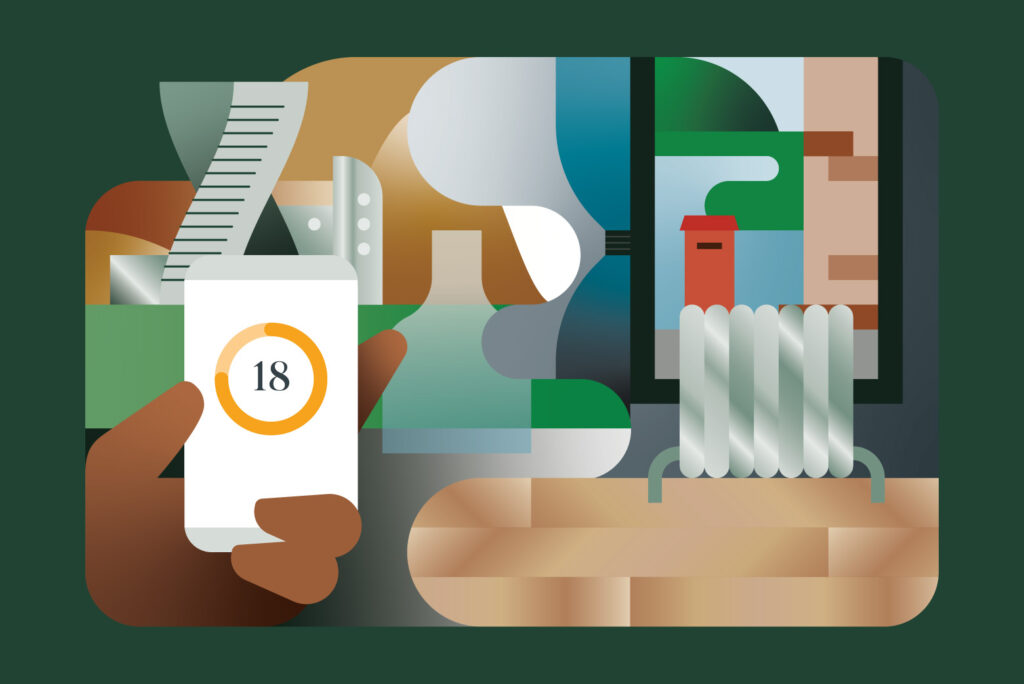
What are the best ways to ease the transition to renewable energy?
Ease is an interesting word because it is a transition and it is challenging but it’s definitely doable. For me it’s about making sure that the benefits of renewable energy are reflected in the bills of consumers. When you look at wind farms, the old wind farms are getting the power price plus a top-up because it was always felt they would cost more than the normal energy price. Newer wind farms get a fixed price, so when energy prices are really high the wind farms are paying back into a fund which goes back to customers, helping to pull down the price. We need to make sure these benefits are being seen by consumers so that we get more buy-in.
One of the main challenges is the transmission grid. We need to build more wires. By 2027 the boundary between Scotland and England will likely be constrained approximately 75% of the time, and that means 75% of the time we can’t use all of the wind power that’s being produced in Scotland and we need to find ways of alleviating that. One way is building more wires and another is getting more demand in Scotland.
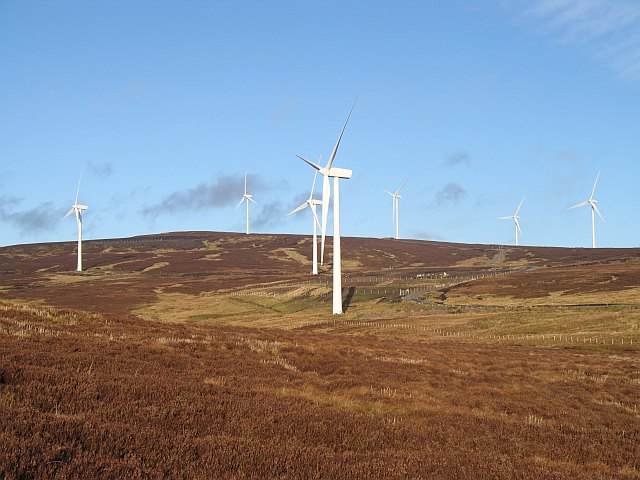
What about storing some of this energy?
Batteries and storage can do a lot but they only run for an hour or two and when the wind doesn’t blow it sometimes doesn’t blow for days. We’ve got the same problem in Saudi; we’re going to have mostly solar power, so what do we do at night for example?
When I was working at Sembcorp we were looking at different solutions. The storage of hydrogen is quite tricky. Carbon capture and storage is an option but you still have to burn gas to capture the carbon. Ammonia is slightly more stable and storable than hydrogen, although it is still pretty difficult to handle. The Helios Project at Neom has the biggest electrolyser in the world and they will use it to produce ammonia to transport around the world.
One of the things I love about energy is that it stretches me intellectually on the engineering side, and it’s got all of the social and commercial aspects too. Whenever you go round to a neighbour’s house they always want to ask questions about how energy works! So you’re never short of a conversation either.

What are your hopes for the future of the energy sector?
My primary hope is that the energy sector continues to innovate so that we have a net zero electricity system by 2035. I hope that it is safe, secure and affordable and that we think about all energy, not just the electricity system. Decarbonisation of transport and heat is going to be incredibly important.
For us to succeed we need to continue attracting talented, creative and passionate people into the sector. It’s such a rewarding industry to work in with a huge variety of roles, and it’s not just for STEM graduates. One of my best friends in the industry studied Classics at Cambridge.
I’ll be retired by 2035 but I still want to see it happen.
You can read more content on the topic of energy on our blog: johnian.joh.cam.ac.uk/news
Written by
Cathy is Director of Energy Operations at ENOWA, Neom, where she works to design a fully renewable energy system in Saudi Arabia. She has previously held positions at Sembcorp Energy UK, National Grid ESO and EDF Energy. In 2022 Cathy was awarded an OBE for services to the Energy Sector and the Promotion of Decarbonisation.

